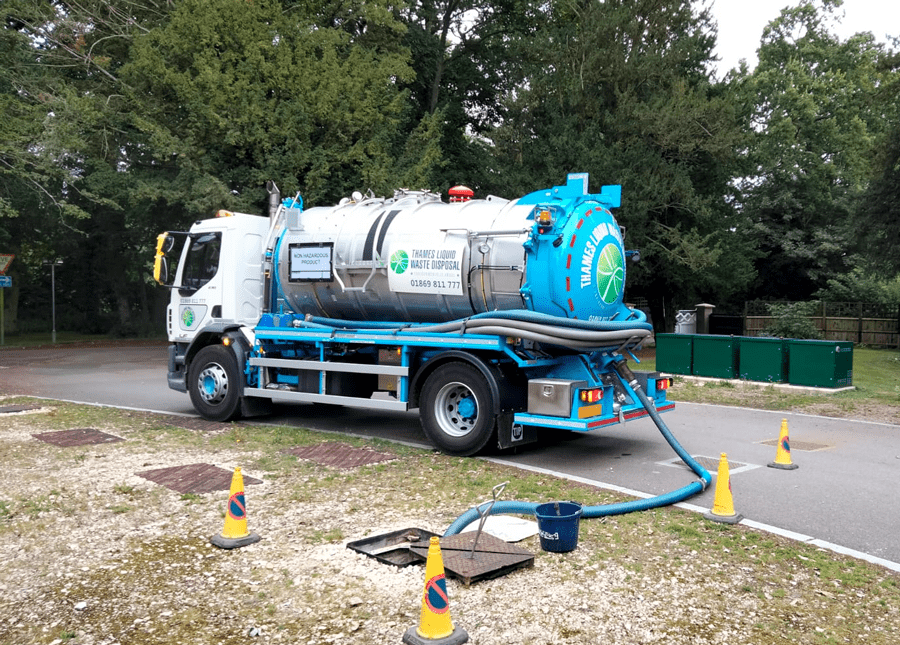The 9-Minute Rule for Reclaim Waste
The 9-Minute Rule for Reclaim Waste
Blog Article
Indicators on Reclaim Waste You Need To Know
Table of ContentsSee This Report about Reclaim WasteReclaim Waste Can Be Fun For EveryoneGetting My Reclaim Waste To WorkRumored Buzz on Reclaim WasteGetting My Reclaim Waste To WorkFascination About Reclaim Waste

Never place harmful substances down sinks, commodes or stormwater drains Compounds including petrol, grease, oil, pesticides and herbicides, and solvents such as paint strippers need to not be poured down sinks, commodes or stormwater drains pipes. These materials are tough to get rid of in the sewage treatment process and cause contamination troubles in our local rivers.

Although fluid waste is a term that covers a broad range of products, there's a great reason that leaving its disposal to the specialists is advised. Liquid waste is non-solid material that has no additional usage and has to be dealt with and thrown away according to local, state and federal laws.
4 Simple Techniques For Reclaim Waste
Although examples of fluid waste can include wastewater, fats, oils or oil, used oil, liquids, solids, gases or sludges and hazardous household fluids, there are some that are thought about to be a lot more unsafe than others when it comes to the environment and the health of animals and people alike. It's consequently that each state and region have actually rigorous policies connected to fluid waste monitoring.
Liquid waste can be saved in holding storage tanks or packaged in drums, intermediate bulk containers or authorized little containers prior to either being dealt with or gotten rid of through outsourced vacuum cleaner trucks. Offered the nature of the products, liquid waste can not enter the basic waste stream and there are strict laws on exactly how to get rid of it correctly.
(https://www.provenexpert.com/reclaim-waste/)Relying on a resolution of the level of danger, it might be essential to remediate those websites. Furthermore, harmful fluid chemical wastes are controlled waste and needs to be tracked based on the state waste regulations. Under the chain of custodianship and obligations, owners are responsible and responsible for waste created by a business.
Among the core applications for superabsorbent polymers (SAPs) is liquid waste solidification. liquid waste disposal. SAPs are made use of by waste management specialists to avoid possibly damaging liquids from entering waterways, groundwater aquifers, and various other delicate environments. Because fluids can swiftly transport pollutants right into ecological receptors and potentially contribute to geotechnical failings, fluid wastes are generally forbidden from disposal in land fills
Excitement About Reclaim Waste
Essentially, complimentary liquids are liquids that separate from the solid like this portion of waste material. Fluid waste can consist of the following: HDD mud and cuttings Land fill leachate Wastewater treatment sludge & biosolids Dug up sediments Oil and gas drill cuttings Working out fish pond filth Hydro Excavation slurry Coal burning residuals/ash Tank bottom sludge Concrete grinding/polishing slurry Associated Short article: For a useful example of complimentary fluids separating from waste material, consider the adhering to circumstance: A waste administration specialist tons a dump truck with sludge from a wastewater treatment plant's oygenation basin, during a regular upkeep event.
However, when the driver reaches the garbage dump, he notices water leaching from the sludge and putting from the dump vehicle. The load was declined by the garbage dump and the driver was compelled to deal with the waste as a liquid waste at a special center, which raised the disposal costs tremendously.
We also require to be responsible for the appropriate disposal of our waste products. It is not enough that we pay waste disposal business to take care of our rubbish.
Things about Reclaim Waste

Segregating your waste can begin inside the home. Set apart dry and fluid waste as well as edible waste, biodegradable and non-biodegradable materials.
Layer the base with dirt to take in the wet waste. Layer the garden compost with wet and completely dry waste as well as dirt to maintain an equilibrium between the wet and the completely dry.
See This Report on Reclaim Waste
To help with faster disintegration, you can additionally add semi composted dirt to the compost. If you notice the scent is coming to be too solid, include extra newspapers and paper waste or include more openings to the garden compost bin to keep the equilibrium of the waste products.
The globe is drowning in rubbish and we can't afford to be careless any longer. We have to take action and reuse whatever we can any place we can. We likewise need to be in charge of the proper disposal of our waste products. It is not sufficient that we pay waste disposal companies to deal with our rubbish.
Our waste, our duty. Have you ever before wondered what happens to your liquid waste after it's gathered? Did you recognize that fluid waste can be recycled?
What Does Reclaim Waste Do?
The optimal place is a great exterior space with a lot of sunlight and air. Segregate your waste. Segregating your waste can start inside the home. Set apart completely dry and liquid waste in addition to edible waste, biodegradable and non-biodegradable materials. Always maintain the cover on your containers to avoid bugs, worms, flies, and undesirable smells.
Layer the bottom with dirt to take in the wet waste - liquid waste removal. Layer the compost with damp and completely dry waste as well as soil to preserve a balance between the damp and the dry.
Cover the compost container. When a week, add dirt on top of the garden compost. To promote faster disintegration, you can likewise add semi composted dirt to the compost. Keep the compost. If you see the scent is ending up being too solid, include additional newspapers and paper waste or include even more holes to the garden compost bin to keep the balance of the waste products.
Report this page